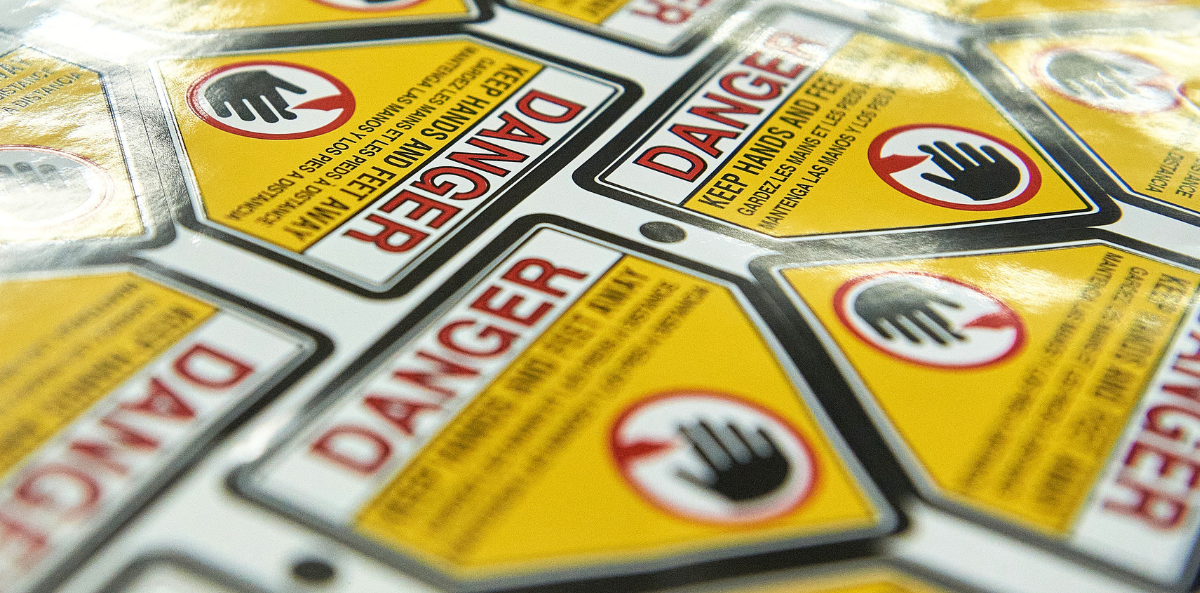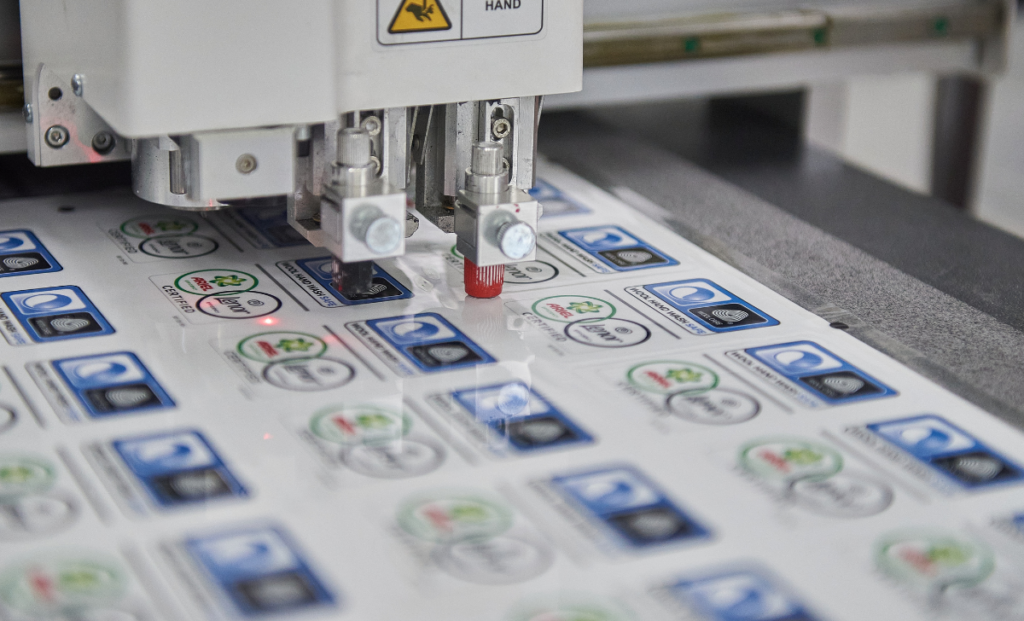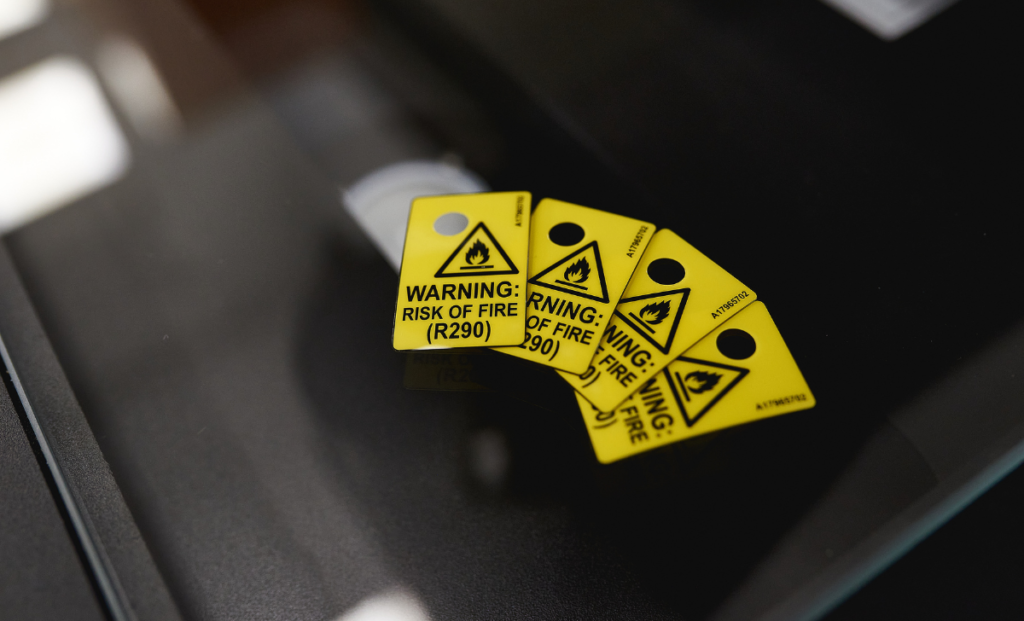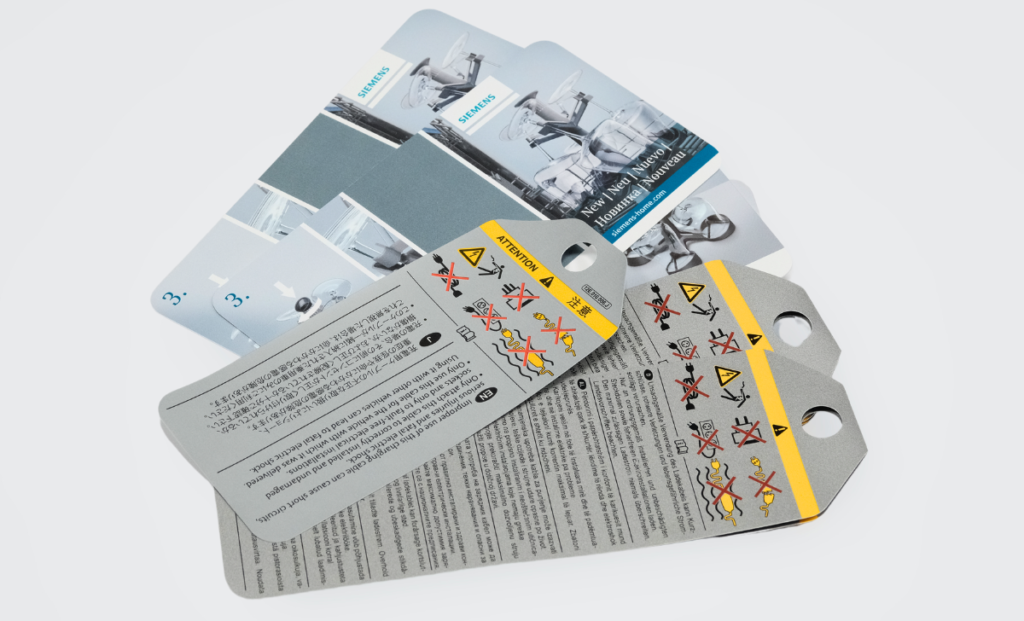
Can label printing using screen printing be profitable?
There are many printing techniques on the market, and their variety means that selecting the right one – for label manufacturing, for example – can be challenging even for experts. One of the oldest, yet still used techniques is screen printing. However, can screen printing still be profitable compared to newer solutions, such as digital or flexographic printing? Let us try to answer this question by analyzing the advantages and disadvantages of this method when printing labels.

Although it has been a technique used for a very long time, screen printing remains popular today in a wide range of applications. Its advantages make it perfect for printing on various materials, from paper to plastic to metal. When it comes to labels, screen printing offers several advantages that may tip the balance when selecting a printing technology.
Screen printing – process automation on an industrial scale
Label printing and advantages and disadvantages of screen printing
One of the key advantages of printing labels using screen printing is the ability to obtain a durable and abrasion-resistant print. This allows labels to preserve an aesthetic look for a long time. They are also resistant to extreme conditions resulting from weather or application in such places as engine compartments. Screen printing also means that you can choose from a variety of materials, including plastics, paper, and even metal and glass, making the technique very versatile.

The second unquestionably significant advantage of screen printing of self-adhesive labels is its cost-effectiveness at high volumes. Once manufacturing tools have been prepared, such as special frames with a stretched stencil, the unit cost of a piece decreases as the production run increases. This can make printing more cost-effective. This is particularly true when it comes to custom labels that require a personalized die-cut or custom material, including plastics or cardboard, which are common when manufacturing rigid tags.
Are you looking for an ecological and modern printing method? Check!
Making the tools needed to start printing labels using screen printing is a time-consuming and costly process. This makes the method unsuitable for low-volume orders. Any design change or even an update will entail incurring the cost of preparing at least some of the tools from scratch and prolonging the execution process. This makes screen printing hardly a flexible technique.
When is it worth choosing screen printing for label manufacturing?
It is therefore worth asking in which situations screen printing will be a better choice compared to other techniques. The larger the order volume of labels, the lower the unit price is. Although there are more efficient printing techniques, such as flexographic printing, screen printing will work better with custom projects. By this I mean rigid tags or labels intended for places where their greater durability will be an added advantage.

If you need more durable labels that will be exposed to external factors such as moisture, abrasion, or high temperatures, screen printing will be the perfect solution. Labels and markings printed using screen printing also feature very vibrant colors, whose pallet allows you to easily select a hue that matches your brand’s visual identity. Screen printing also facilitates the use of special inks, including fluorescent, metallic, or glitter inks.
Printing of screen-printed labels at Etisoft Group
Despite its centuries-long history, screen printing remains a popular method of printing labels, among other things. It provides high quality and durability of printing and makes it possible to use non-standard materials. However, the selection of printing technology should be adapted to the individual requirements that the project is expected to meet. For large print runs and stringent quality requirements, screen printing may be an excellent idea. For smaller projects, on the other hand, where greater flexibility and frequent changes are required, other printing methods are worth considering.
